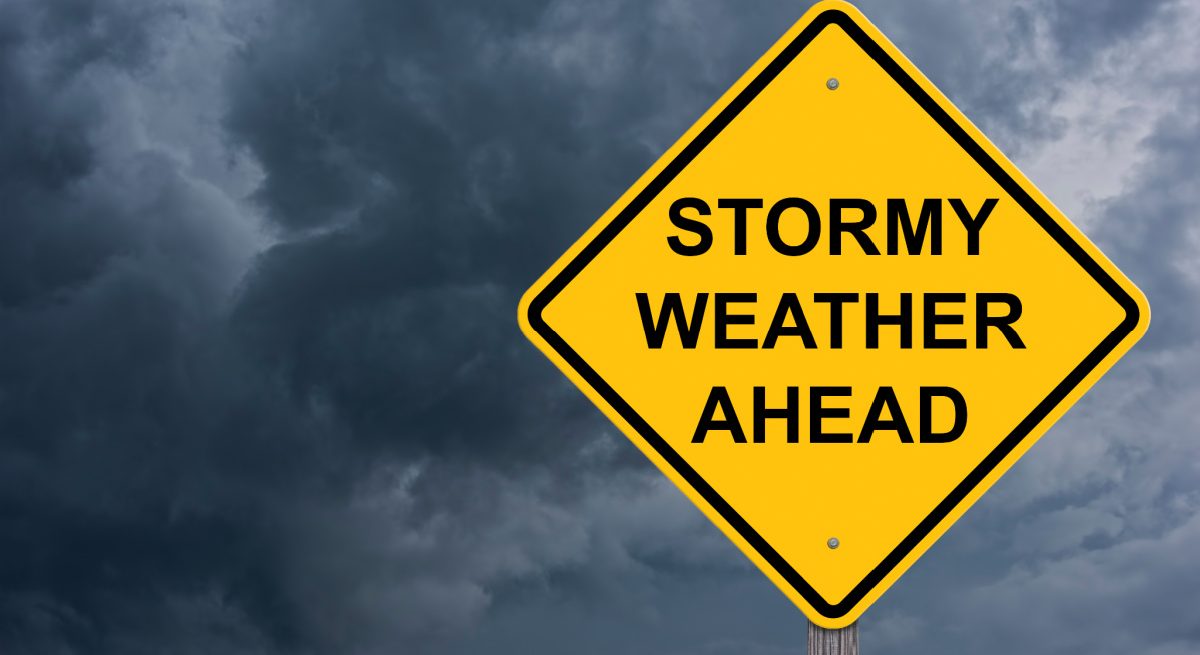In the Pandemic, the Need to Prepare for Severe Weather Becomes Critical
2 Min Read By Chris Cioffi
The past year has been a challenge for small businesses and no industry has been impacted quite like small hospitality operations. Restaurants have been flexible, nimble and downright creative to keep the doors open during the pandemic. Yet, as we settle into one new norm, in many parts of the country spring severe weather now looms.
The good news is severe weather is one challenge you can do something about. Research from the Insurance Institute for Business & Home Safety (IBHS) shows that improvements to commercial facilities, both small and large, can strengthen your building against high winds, heavy rain, hail and even low level tornadoes, to meaningfully reduce the risk that costly damage will further disrupt operations.
For any commercial building, the roof is the first line of defense to protect against wind, rain and hail. Whether customers are eating inside or out, your roof protects equipment vital to keeping the doors open. A damaged or poorly maintained roof can…
Sorry, You've Reached Your Article Limit.
Register for free with our site to get unlimited articles.
Already registered? Sign in!


